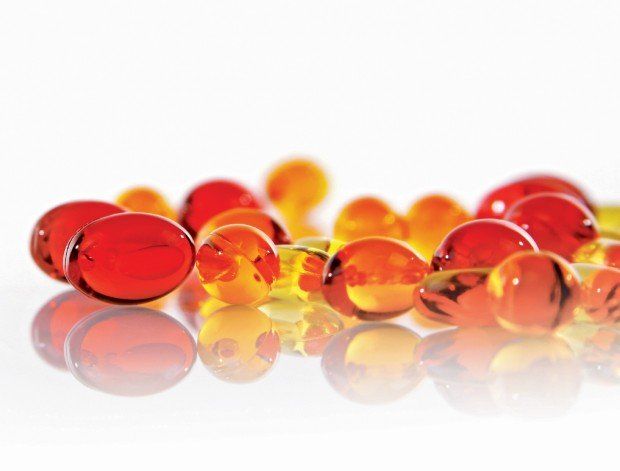Adults Should Consume 500 mg EPA and DHA Omega-3s Daily, GOED Says
GOED also suggested certain populations should consume higher levels of EPA and DHA per day, such as pregnant and lactating women or people with high blood pressure.
Photo © iStockphoto.com/Gubcio

Despite widespread consensus among global health organizations that EPA and DHA omega-3 fatty acids play a key role in a complete diet, the actual amount of recommended daily omega-3 intake varies wildly from country to country. For instance, for healthy adults, the European Food Safety Authority (EFSA) recommends 250 mg EPA and DHA per day, Russia’s Customs Union Commission recommends 600 mg EPA and 700 mg DHA per day, and the USDA has yet to issue a specific recommendation amount.
Following years of discussion, the Global Organization of EPA and DHA Omega-3s (GOED; Salt Lake City, UT) has issued its own EPA and DHA intake recommendations. GOED now recommends healthy adults consume 500 mg of EPA and DHA per day to lower the risk of coronary heart disease.
Additionally, GOED issued specific recommendations for certain populations, such as pregnant and lactating women (200 additional mg/day of DHA on top of the 500 mg/day recommendation) and for those seeking a secondary prevention of coronary heart disease (1000 mg/day of EPA and DHA). For additional health conditions, such as high blood pressure or triglycerides, GOED recommends an EPA and DHA intake of greater than 1 g/day.
Read more:
New Breakthroughs in Omega-3 Research
Omega-3 Intake Linked with Reduced Depression Symptoms
Supplements for Seniors: New Research
Michael Crane
Associate Editor
Nutritional Outlook Magazine
michael.crane@ubm.com
Prinova acquires Aplinova to further increase its footprint in Latin America
April 7th 2025Prinova has recently announced the acquisition of Brazilian ingredients distributor Aplinova, which is a provider of specialty ingredients for a range of market segments that include food, beverage, supplements, and personal care.

.png&w=3840&q=75)

.png&w=3840&q=75)



.png&w=3840&q=75)



.png&w=3840&q=75)









